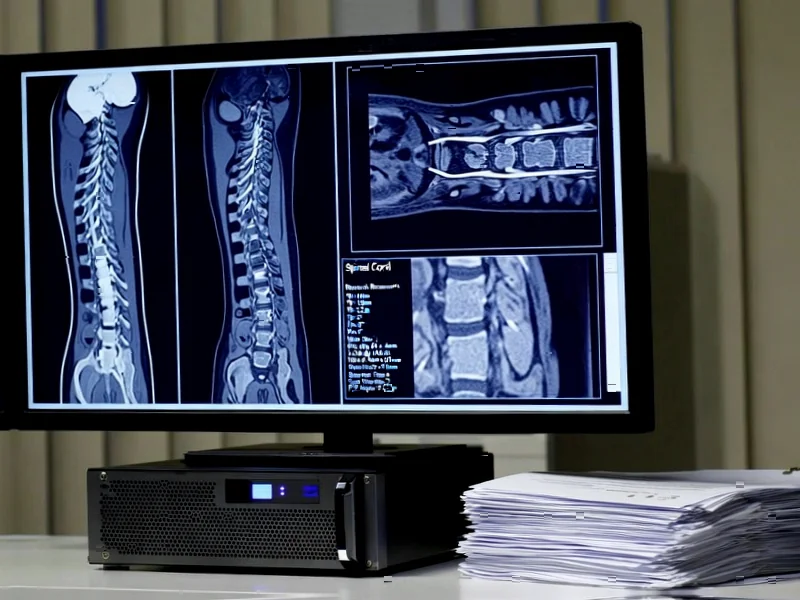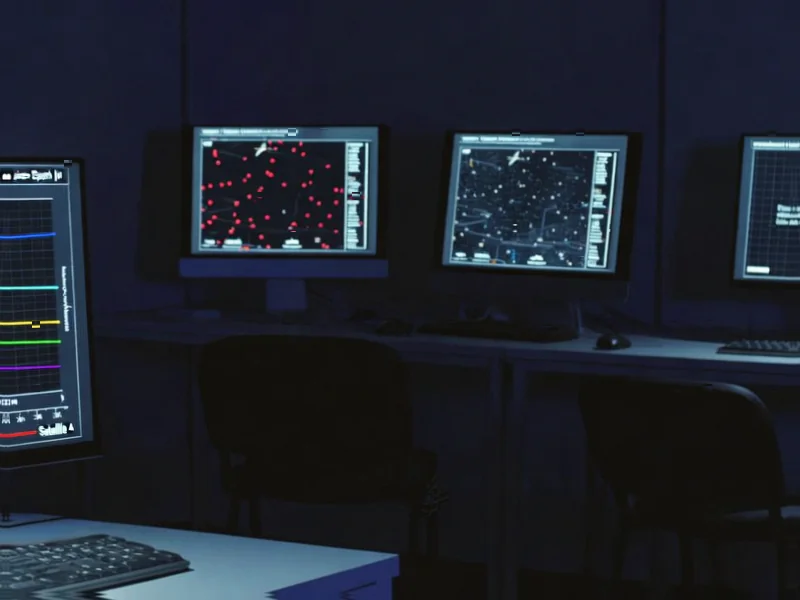According to Nature, the newly released CoSpine database addresses a critical gap in neuroimaging resources by providing simultaneous cortico-spinal fMRI data from 61 healthy adults across two age cohorts. The database includes thermal pain and motor task data acquired using optimized protocols that minimize distortion and physiological noise, enabling comprehensive exploration of integrated central nervous system processes. This standardized resource opens new possibilities for benchmarking analytical methods and advancing pain and motor function research.
Table of Contents
Understanding the Spinal Cord Imaging Challenge
Simultaneous brain and spinal cord imaging represents one of the most technically challenging frontiers in functional magnetic resonance imaging. The spinal cord’s small diameter, constant motion from breathing and cardiac cycles, and proximity to bone and air interfaces create significant artifacts that have historically limited reliable imaging. What makes CoSpine particularly valuable is its systematic approach to these challenges through specialized shimming techniques and distortion correction methods adapted from diffusion imaging. The database’s use of both younger and middle-aged cohorts (mean ages 21 and 52 years) provides crucial developmental context, as spinal cord morphology and cerebrospinal fluid dynamics change significantly with age.
Critical Analysis of Technical Limitations
While CoSpine represents a substantial advancement, several limitations warrant consideration. The cervical-only coverage (C1-C6) misses critical thoracic and lumbar regions involved in lower body motor control and pain processing. The database’s reliance on Siemens Prisma scanners with specific 64-channel coils creates reproducibility challenges for researchers using different hardware. More fundamentally, the healthy participant cohort limits immediate clinical translation—chronic pain conditions and spinal cord injuries involve complex neuroplastic changes that healthy controls cannot replicate. The thermal pain paradigm, while well-established, doesn’t capture the multidimensional nature of clinical pain conditions involving emotional and cognitive components.
Transforming Neuroscience Research Infrastructure
CoSpine’s impact extends beyond its immediate data by establishing standardized processing pipelines using established tools like FSL and the Spinal Cord Toolbox. This standardization is crucial for the field’s maturation, similar to how brain imaging coalesced around MNI space and standardized preprocessing. The database enables validation of emerging analytical approaches, particularly machine learning models that require large, well-curated datasets. For pharmaceutical companies developing pain therapeutics, CoSpine provides baseline data against which drug effects can be measured across the entire pain processing pathway from peripheral input to cortical perception.
Future Directions and Clinical Translation
The most promising application lies in CoSpine’s potential expansion to clinical populations. Chronic pain conditions like fibromyalgia and neuropathic pain involve complex changes throughout the cervical and thoracic cord that remain poorly understood. Similarly, spinal cord injury research could benefit enormously from standardized imaging protocols that track recovery and plasticity across the injury site. The technical innovations in distortion correction and physiological noise removal demonstrated in CoSpine will likely influence clinical imaging protocols beyond research settings. As the database grows through planned multi-center collaborations, it could become the foundation for precision medicine approaches in neurology and pain management, enabling researchers to identify biomarkers for treatment response and disease progression across the entire central nervous system.



